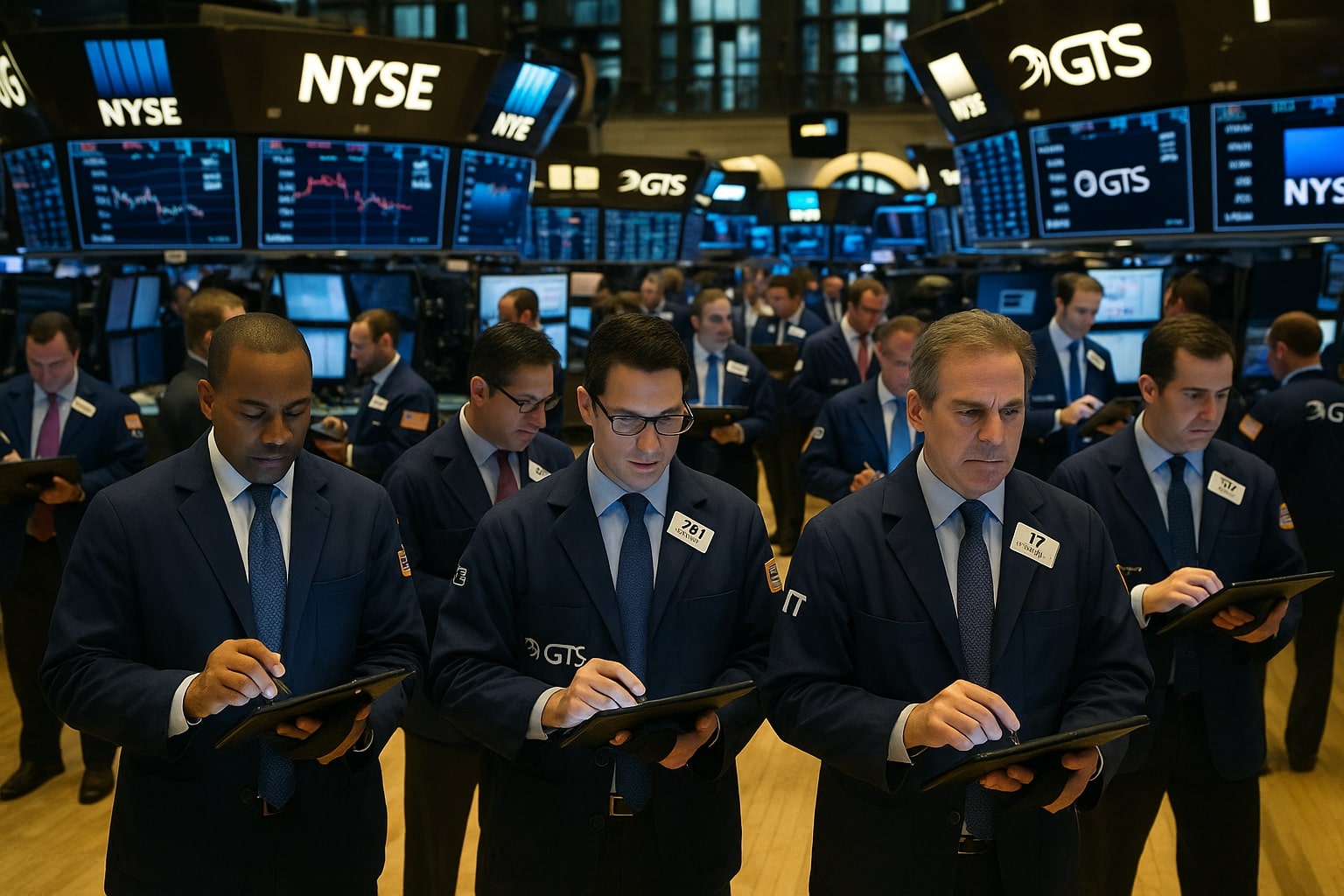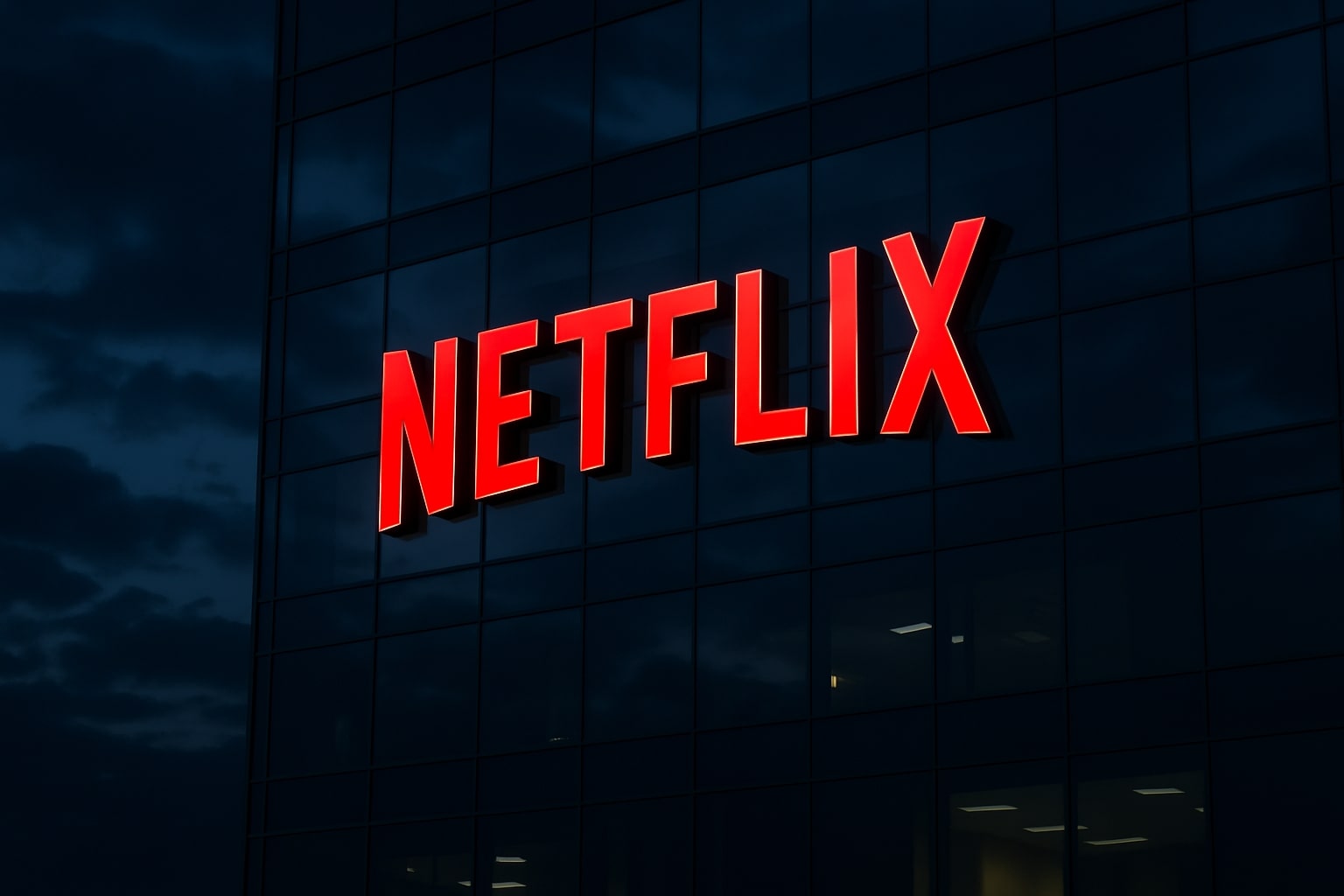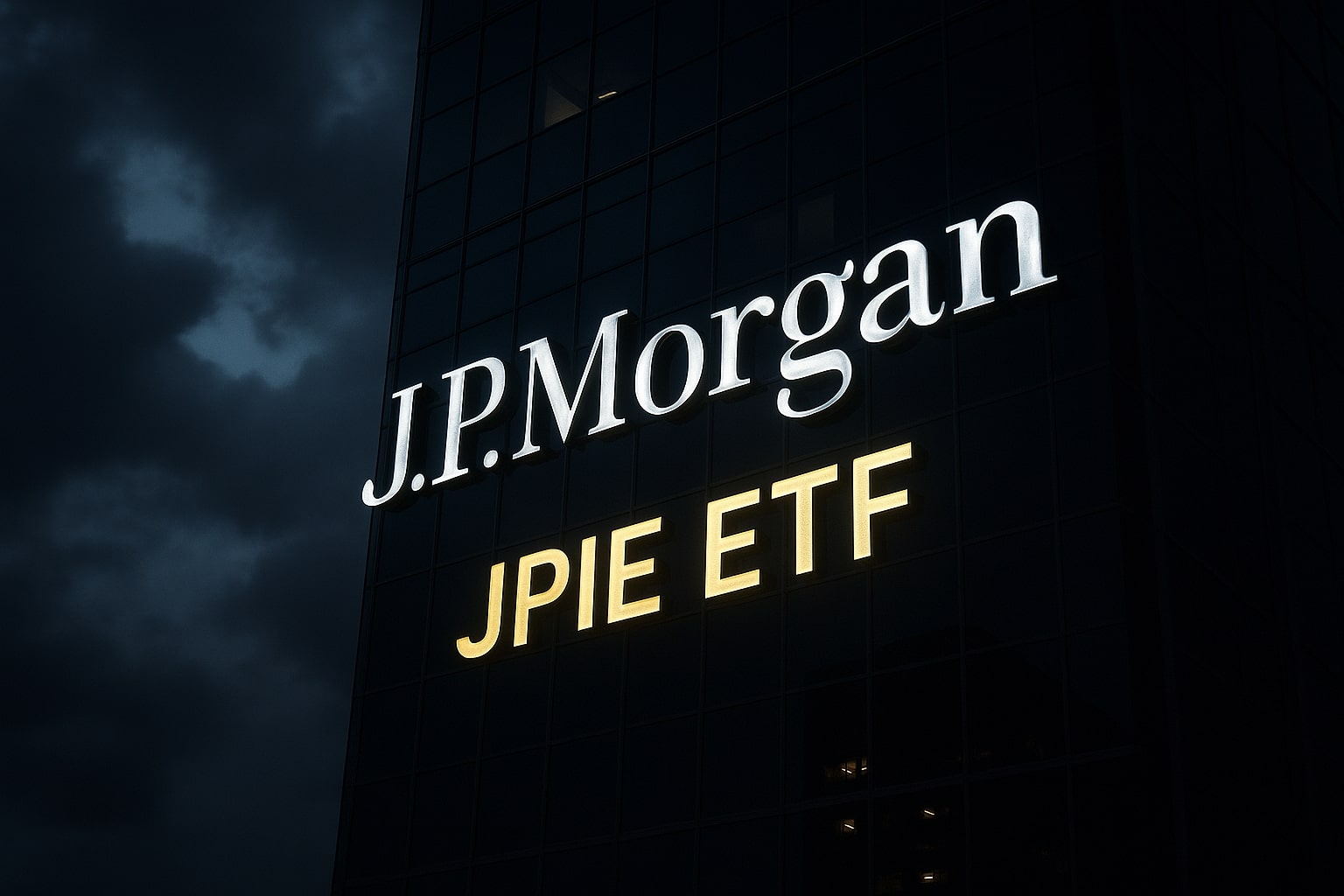
Stock Market Today - NVDA, MSFT, AMZN Lead Wall Street Drop as Nasdaq Hits 22,471, Dow 46,136
AI bubble fears and weak retail earnings drive global selloff; BTC-USD slips below $90,000 while volatility spikes above 23 | That's TradingNEWS
Stock Market Today - Market Overview: Wall Street Extends Its Losing Streak Amid Rising Fear Index
U.S. equities fell sharply on November 18, 2025, marking the fourth consecutive day of losses as investors grappled with renewed anxiety over stretched valuations in artificial intelligence and the broader tech sector. The Dow Jones Industrial Average (DJIA) dropped 0.97% to 46,136, bringing its four-session decline to nearly 5%, the steepest since April. The S&P 500 retreated 0.70% to 6,625, while the Nasdaq Composite shed 1.04% to 22,471, dragged down by weakness in Nvidia, Microsoft, Amazon, and Alphabet. Market breadth deteriorated, with over 80% of S&P 500 constituents finishing in the red, led by technology, communication services, and consumer discretionary sectors.
The Cboe Volatility Index (VIX) spiked 5.14% to 23.53, its highest level in six months, signaling growing investor unease ahead of Nvidia’s quarterly earnings. The Russell 2000 small-cap index managed a marginal 0.27% gain, reflecting investor rotation into domestic cyclical names even as the broader tone turned defensive. U.S. Treasury yields declined, with the 10-year note falling to 4.11% as demand for safe-haven assets increased. Meanwhile, the U.S. Dollar Index (DXY) climbed toward 96.99, strengthening against the euro and yen as traders priced in a firmer rate environment through early 2026.
Market strategists said the recent rally in megacap techs had left valuations dangerously high, with forward price-to-earnings ratios on the Nasdaq 100 now exceeding 31x, the richest since late 2021. The selloff marks a turning point where investors appear to be demanding actual earnings growth to justify lofty expectations, particularly in the AI and semiconductor space that has led the market since January.
AI Valuation Fears Slam Megacaps: Nvidia, Microsoft, Amazon, and Alphabet Fall
The sharpest losses were concentrated among AI-linked names. Nvidia (NASDAQ: NVDA) slid 2%, extending a month-to-date drop of over 9%. Traders braced for significant volatility ahead of its earnings release, with options markets pricing an implied ±7% swing in either direction. Nvidia has now surrendered over $180 billion in market capitalization in just two weeks, as enthusiasm around AI server spending begins to cool.
Microsoft (NASDAQ: MSFT) tumbled 3%, erasing nearly $100 billion in market value, even after announcing a sweeping $30 billion Azure compute partnership with AI start-up Anthropic, alongside a $5 billion direct equity stake. Nvidia added its own $10 billion commitment to Anthropic in what was billed as the largest AI infrastructure collaboration of 2025. Yet, instead of lifting sentiment, investors read the deals as evidence of unsustainable AI capex intensity.
Amazon (NASDAQ: AMZN) lost 3.1%, while Alphabet (NASDAQ: GOOGL) fell 2.6%, despite unveiling its new Gemini 3 model that CEO Sundar Pichai called “the most advanced large-language model in history.” Analysts note that AI investment enthusiasm is now giving way to questions about profitability, ROI, and real-world monetization. A Bank of America survey showed 45% of fund managers now cite the AI bubble as the leading tail risk to markets—up from 21% in July—surpassing both inflation and higher-for-longer yields.
The PHLX Semiconductor Index (SOX) dropped another 1.8%, officially entering correction territory, down 10% from its late-October peak. The correction underscores how hyperscaler demand and AI GPU orders—once the main growth engines—may not offset slowing enterprise IT spending.
Home Depot Weakens the Dow as Retail Earnings Miss
The Dow’s losses were amplified by weakness in retail. Home Depot (NYSE: HD) plunged 3.7% to $344.70 after cutting its full-year profit outlook and missing third-quarter estimates. The company reported $3.74 EPS, below analyst expectations of $3.84, while revenue slipped 3.1% to $36.1 billion, reflecting softer home improvement demand and slowing consumer credit spending.
The warning sent ripples through the retail sector as Lowe’s (NYSE: LOW) and Target (NYSE: TGT) prepare to report later this week, with Walmart (NYSE: WMT) following Thursday. Analysts warn that discretionary demand could weaken further as consumer savings rates dip to 3.4%, the lowest since 2008.
Elsewhere, Energizer Holdings (NYSE: ENR) collapsed 18.4% to $19.46, its steepest one-day decline in history, after slashing guidance and forecasting Q1 EPS of just $0.20–$0.30 versus $0.73 consensus. The company cited cost pressures from renewed tariff enforcement under President Trump’s trade policy shift, reigniting debate about global supply-chain exposure and margin risk.
Read More
-
NVIDIA Stock Price Forecast - NVDA Shares Balances $4 Trillion AI Growth With Market Anxiet
18.11.2025 · TradingNEWS ArchiveStocks
-
XRP Price Forecast - XRP-USD Battles $2.23 As $245M XRP ETF Inflows Clash With Whale Selling
18.11.2025 · TradingNEWS ArchiveCrypto
-
Oil Price Forecast - WTI And Brent Fall To $60 As Oversupply Builds And OPEC+ Holds Output Steady
18.11.2025 · TradingNEWS ArchiveCommodities
-
JPIE ETF Holds $46.24 ETF Gains Traction With 5.7% Yield And Low Volatility
17.11.2025 · TradingNEWS ArchiveMarkets
-
GBP/USD Price Forecast - Pound Steadies At 1.3160 As Traders Brace For UK CPI And U.S. NFP
18.11.2025 · TradingNEWS ArchiveForex
Cloudflare Outage, AI Partnerships, and Tech Disruption
Tech infrastructure names also faced turbulence. Cloudflare (NYSE: NET) fell 2.4% to $197.39 after a massive service outage disrupted websites across the globe, including ChatGPT, DoorDash (NASDAQ: DASH), and X (formerly Twitter). The company said it faced an “extraordinary spike in traffic,” which cascaded across data centers before systems stabilized. Despite limited downtime, the event rattled investors as cybersecurity firms reported increased network stress from rising AI data traffic.
Meanwhile, Intuit (NASDAQ: INTU) climbed 0.84% to $651.41 after signing a long-term API deal with OpenAI worth over $100 million per year, enabling deeper integration of generative AI features into TurboTax and QuickBooks. It was one of the few gainers in the session, highlighting how niche, cash-rich firms with direct AI monetization strategies can still attract selective investor interest despite broader fatigue.
Crypto and Commodities Mirror the Risk-Off Sentiment
Risk assets outside equities also reflected the global flight to safety. Bitcoin (BTC-USD) fell sharply to $89,259, briefly breaching the psychological $90,000 threshold before bouncing to $93,388 (+1.83%) by late afternoon. The move mirrored a 4% weekly slide in tech equities, underscoring the tight correlation between speculative digital assets and growth stocks. The broader crypto complex saw Ethereum (ETH-USD) drop 1.9%, while Solana (SOL-USD) fell 3.6% as traders cut leveraged positions.
In commodities, gold futures eased 0.30% to $4,062.40 per ounce, hovering near record highs, while crude oil (WTI) held near $59.97 per barrel as OPEC+ reiterated its 2026 production framework. The S&P GSCI Commodity Index rose 0.67%, supported by resilient energy pricing and firm agricultural futures. Strategists said gold’s narrow trading band reflected indecision: inflation remains sticky, but higher real yields are limiting the metal’s breakout potential.
Labor Market Data Show Moderation Ahead of Delayed Jobs Report
Fresh labor data hinted at a cooling but still resilient employment market. ADP’s four-week rolling figures indicated an average loss of 2,500 private sector jobs, a sharp improvement from 14,250 in the prior period. The Labor Department reported 232,000 initial jobless claims in mid-October, slightly above the previous 219,000, while continuing claims climbed to 1.957 million, near their six-month peak.
Economists now forecast that Thursday’s delayed Nonfarm Payrolls Report will show 51,000 new jobs added in September, up from 22,000 in August, with unemployment steady at 4.3%. The moderation supports expectations that the Federal Reserve may keep rates on hold at 5.25–5.50% in December. Still, Chair Powell’s recent comments warning of “persistent labor tightness” leave the door open to a potential rate hike in early 2026 if inflation reaccelerates.
Europe and Asia Echo Wall Street’s Weakness
Global markets mirrored Wall Street’s bearish tone. In Europe, the FTSE 100 dropped 1.27% to 9,552, the CAC 40 lost 2.2%, and Germany’s DAX 40 fell 1.08% to 23,335, after the European Central Bank issued a stark warning about “unprecedentedly high” risks in bank balance sheets. Deutsche Bank (ETR: DBK) slumped 3.2%, Commerzbank (ETR: CBK) fell 1.7%, and Societe Generale (EPA: GLE) lost 2.5%, weighing on financial indices.
Across Asia, sentiment was equally fragile. Japan’s Nikkei 225 and South Korea’s KOSPI both shed more than 3%, dragged lower by SoftBank (TYO: 9984) and Samsung Electronics (KRX: 005930). Chinese equities fell modestly after mixed data on factory output, while the Shanghai Composite closed 0.8% lower, pressured by weaker property investment and subdued export demand.
European Innovation Amid Market Stress: Deutsche Börse’s Stablecoin Move
Amid the gloom, Deutsche Börse (ETR: DB1) announced a partnership with Societe Generale’s SG-Forge, integrating euro- and dollar-backed stablecoins into its Clearstream settlement network. The move aims to modernize post-trade infrastructure through tokenized digital money—a bold step toward bridging traditional securities and blockchain finance. The pilot program, set to roll out in early 2026, positions Deutsche Börse as the first major European exchange group to adopt fully regulated stablecoin settlement, marking a quiet milestone for Europe’s digital finance ambitions.
Earnings Highlights: Medtronic, Netflix, Baidu, and Synovus Stand Out
Earnings provided brief relief amid the volatility. Medtronic (NYSE: MDT) rallied above $100 after beating Q2 expectations and raising full-year guidance, buoyed by strong adoption of its pulsed field ablation devices. Netflix (NASDAQ: NFLX) continued its post-split rally, rising on renewed optimism for subscriber growth following aggressive new content investments. Baidu (NASDAQ: BIDU) reported earnings growth despite a 7% decline in total revenue, driven by expanding AI cloud services and autonomous driving projects. Synovus Financial (NYSE: SNV) rose 4.5% for the month after Q3 EPS of $1.46 beat expectations of $1.36, highlighting regional bank strength despite rising credit costs.
Global Outlook: Market Caught Between AI Reality and Monetary Patience
The broader narrative reflects a global rotation from growth to realism. Investors are questioning whether the AI boom can sustain current valuations, especially with semiconductors and hyperscalers showing earnings fatigue. All three major U.S. indices now sit below their 50-day moving averages, with momentum indicators turning decisively negative.
The synchronized selloff in equities, crypto, and commodities highlights a market recalibrating to tighter liquidity and geopolitical uncertainty. With the VIX near 24 and risk spreads widening, institutional flows suggest hedging activity is accelerating. Yet, sectors like healthcare, entertainment, and utilities continue to attract defensive inflows, offering stability in an otherwise unstable landscape.
Trading News Analysis Verdict: Market Bias Turns Bearish – Short-Term Sell, Long-Term Hold
The market has entered a short-term corrective phase driven by AI overvaluation, tariff inflation risk, and weakening consumer spending. The data imply a short-term SELL bias (2–4 weeks) as volatility remains elevated and indices trade below technical support. Over the medium term (3–6 months), sentiment may stabilize once Nvidia’s earnings clarify AI sector direction and inflation moderates. For the long term (12 months+), structural demand in AI, healthcare, and green infrastructure suggests a HOLD to selective BUY stance for patient investors.


















